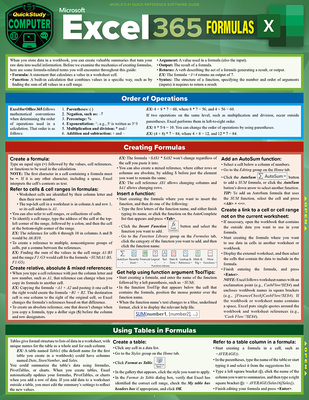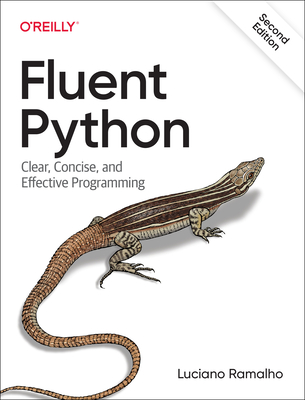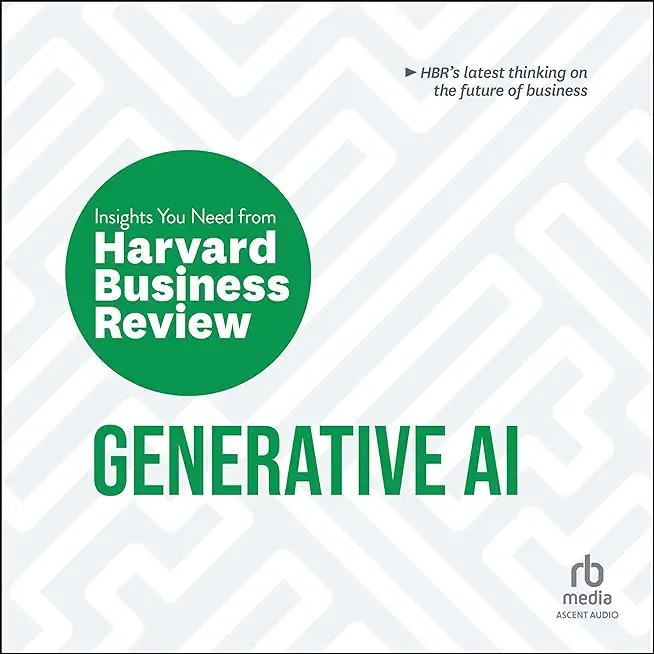Managing Software Dependencies and Artifacts with Nexus, Apache Maven,and Apache Ivy Training in Arvada
Enroll in or hire us to teach our Managing Software Dependencies and Artifacts with Nexus, Apache
Maven,and Apache Ivy class in Arvada, Colorado by calling us @303.377.6176. Like all HSG
classes, Managing Software Dependencies and Artifacts with Nexus, Apache
Maven,and Apache Ivy may be offered either onsite or via instructor led virtual training. Consider looking at our public training schedule to see if it
is scheduled: Public Training Classes
Provided there are enough attendees, Managing Software Dependencies and Artifacts with Nexus, Apache
Maven,and Apache Ivy may be taught at one of our local training facilities.
|
We offer private customized training for groups of 3 or more attendees.
|
||
Course Description |
||
| (Get the jar files out of version control). (Get the deployable files
out of version control). These commands are a common theme in software
development. Many developers have viewed binary artifacts in version
control as a bad thing, regardless of the version control used.
However, the alternative usually involves developers keeping a set of
libraries, or the development organization keeping a (blessed) build
machine that stores all the approved artifacts. Not to mention the
inevitable folder of (Gold build) deployable files (jar, war, or exe
files). Neither of these approaches nor the many combinations of these
approaches is really satisfactory. Development and operations
organizations need to have control over what dependency artifacts are
used to build their software and central management of the resulting
deployable artifacts. --- Many newer build tools, like Apache Maven,
integrate the concept of dependency management into the build process,
including the ability to automatically download dependencies from a
central repository. In addition, the Apache Ivy project adds similar
dependency-management capabilities to build scripts created using the
Apache Ant scripting tool. --- This course will provide students with
an understanding of the principles of using a central artifact
repository in the enterprise environment to both mediate access to
public repositories, and serve as a target where production artifacts
can be stored for access by other development projects, or operational
users. --- We will touch on management of local and virtual
repositories, release management, and integration of a local repository
manager with two build tools, Apache Maven and Apache Ivy. We will talk
about how to use artifact management with the Jenkins continuous
integration tool. We will also talk about manual deployment of
arbitrary artifacts. --- We will talk about what should happen to -
end-state- or deployable artifacts, like -war- and -ear- files, as well
as other binary artifacts, and how version control is the wrong place
for them. --- While the course does talk about providing secure access
to repositories, we are dealing with authentication and authorization
more from a management policy perspective than from an administrative
perspective. This course should not be viewed as a Nexus or Jenkins
administration course.
Course Length: 2 Days
Course Tuition: $1090 (US) |
||
Prerequisites |
|
| Attendees should have familiarity with Java development practices. | |
Course Outline |
|
Chapter 1. Introduction to Dependency Management
- Terminology and Basic Concepts
- Artifacts
- Build Process
- Source Code and Source Code Management
- Development Process
- Managing Code
- Dependencies
- Repeatable Build
- Dependency Management
- Historical Dependency Management Practices
- Dependencies in Version Control?
- Modern Practices
Conclusion
Chapter 2. Introduction to Continuous Integration and Jenkins-CI
- Agile Development
- Agile Development (cont'd)
- What is Continuous Integration
- What is Continuous Integration (cont'd)
- What is Continous Integration (cont'd)
- Typical Setup for Continuous Integration
- Jenkins Continuous Integration
- Jenkins Features
- Running Jenkins
Summary
Chapter 3. Repository Management
- Maven's Approach to Artifacts
- Publishing Artifacts
- Summary of Maven's Artifact Handling
- Repository
- Repository Manager
- Proxy Remote Repositories
- Types of Artifacts
- Release Artifacts
- Snapshot Artifacts
- Reasons to Use a Repository Manager
- Repository Coordinates
- Addressing Resources in a Repository
Summary
Chapter 4. Installing and Running Jenkins
- Downloading and Installing Jenkins
- Running Jenkins as a Stand-Alone Application
- Running Jenkins on an Application Server
- Installing Jenkins as a Windows Service
Summary
Chapter 5. A Jenkins Job
- Different types of Jenkins job
- Configuring Source Code Management(SCM)
- Working with Subversion
- Build Triggers
- Schedule Build Jobs
- Polling the SCM
- Maven Build Steps
Summary
Chapter 6. Apache Ivy
- What is Apache Ivy
- Using Ivy
- Basic Operation
- Typical Dependency Life Cycle
- Ivy.xml
- Using Maven Dependencies
- The 'build.xml' file
- When You Run the Build Script...
- Reporting Dependencies
- Installing Ivy
- Ivy Settings File
Conclusion
Chapter 7. Introduction to Apache Maven
- Build Tools for Java
- Build Tools for Java (cont'd)
- History of Build Tools
- Traditional Scripting
- 'make'
- Problems with Make
- Manual Build with JavaC
- ANT
- Pros and Cons of Ant
- Apache Maven
- Goals of Maven
- What is Apache Maven?
- What is Apache Maven (cont'd)
- Why Use Apache Maven?
- The Maven EcoSystem
- Consistent Easy-to-Understand Project Layout
- Convention Over Configuration
- Maven is Different
- Maven Projects have a Standardized Build
- Effect of Convention Over Configuration
- Importance of Plugins
- A Key Point on Maven!
- Summary – Key Features of Maven
Chapter 8. Installing and Running Apache Maven
- Downloading Maven
- Installing Maven
- Run From Command Line
- Running Inside an IDE
- Settings.xml
- Local Repository
Summary
Chapter 9. Getting Started With Maven
- Terminology and Basic Concepts
- Artifacts
- Lifecycle
- Default Lifecycle
- Plugins
- Running Maven - the Story So Far
- Running Maven from an IDE
- Common Goals
- pom.xml
- Example
- Example (cont'd)
- Artifact Coordinates
- Standard Layout for Sources
Summary
Chapter 10. Nexus Repositories
- Sonatype Nexus
- Nexus Editions
- Types of Repositories
- Publishing Artifacts – From Maven
- Publishing Artifacts – Manually
- Lab
Chapter 11. Release Management
- What is release Management?
- Release Management with Nexus
- Release Management with Maven
Summary
Chapter 12. Introduction to DevOps
- DevOps
- Collaboration of People
- Convergence of Process
- DevOps Builds on Process Theory
- DevOps Tools
Conclusion
|
Course Directory [training on all levels]
Technical Training Courses
Software engineer/architect, System Admin ... Welcome!
- .NET Classes
- Agile/Scrum Classes
- AI Classes
- Ajax Classes
- Android and iPhone Programming Classes
- Azure Classes
- Blaze Advisor Classes
- C Programming Classes
- C# Programming Classes
- C++ Programming Classes
- Cisco Classes
- Cloud Classes
- CompTIA Classes
- Crystal Reports Classes
- Data Classes
- Design Patterns Classes
- DevOps Classes
- Foundations of Web Design & Web Authoring Classes
- Git, Jira, Wicket, Gradle, Tableau Classes
- IBM Classes
- Java Programming Classes
- JBoss Administration Classes
- JUnit, TDD, CPTC, Web Penetration Classes
- Linux Unix Classes
- Machine Learning Classes
- Microsoft Classes
- Microsoft Development Classes
- Microsoft SQL Server Classes
- Microsoft Team Foundation Server Classes
- Microsoft Windows Server Classes
- Oracle, MySQL, Cassandra, Hadoop Database Classes
- Perl Programming Classes
- Python Programming Classes
- Ruby Programming Classes
- SAS Classes
- Security Classes
- SharePoint Classes
- SOA Classes
- Tcl, Awk, Bash, Shell Classes
- UML Classes
- VMWare Classes
- Web Development Classes
- Web Services Classes
- Weblogic Administration Classes
- XML Classes
Business Training Courses
Project Managers, Business Analysts, Paralegals ... Welcome!
Upcoming Classes
Gain insight and ideas from students with different perspectives and experiences.
- Introduction to Spring 6, Spring Boot 3, and Spring REST
15 December, 2025 - 19 December, 2025 - See our complete public course listing






